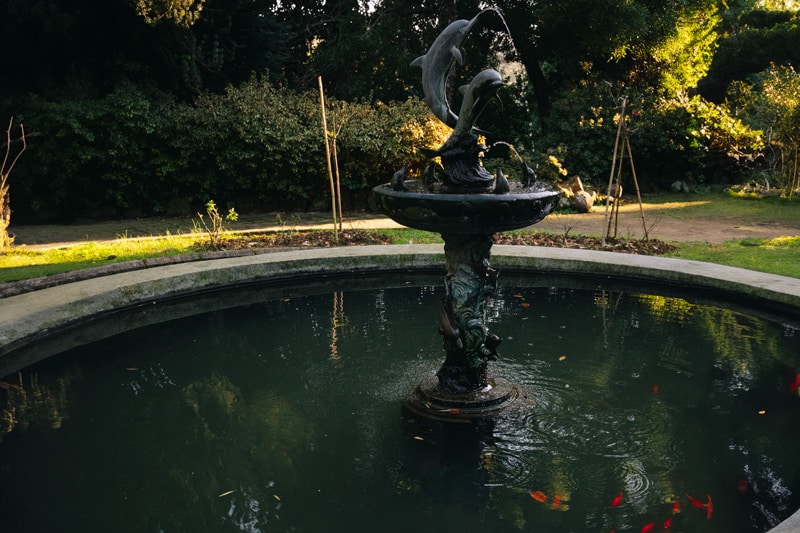As temperatures begin to drop in Georgia, not only is it time to pull out your favorite winter coat, but also to prepare your water features for the cold months ahead. Proper winterization safeguards your water features and ensures the well-being of the equipment and plants and animals living within them. Whether you have a serene pond, an elegant fountain, or a vibrant water garden, you can use the steps outlined below to provide protection from the chilly season ahead.
- Cleaning and Removal
The first step in winterizing any water feature is cleaning. Remove debris such as fallen leaves, twigs, and dead plants. Use a net or pond vacuum to clear the bottom of your pond or water garden. In the case of fountains, dissemble the structure and clean all components thoroughly. Proper cleaning prevents organic matter from decaying in the water, which could lead to imbalances in the ecosystem. - Trim and Protect Plants
Trim aquatic plants to remove dead foliage. Hardy water lilies and lotus plants should be trimmed back and placed at the deepest part of the pond to protect them from freezing temperatures. Tropical plants, on the other hand, should be removed and stored indoors for the winter. Covering the roots of hardy plants with a layer of mulch can provide additional insulation. - Caring for Fish
If your pond is home to fish, they require special attention during the winter. Stop feeding them when the water temperature drops below 50° F (10°C). If the pond’s surface freezes, it’s vital to create a hole in the ice to allow gases to escape. Floating de-icers or aerators can prevent the water from completely freezing, providing a lifeline for the fish. - Pond Equipment Maintenance
Before winter sets in, thoroughly clean and store pumps, filters, and UV clarifiers. Remove these sensitive components from the water feature to prevent them from freezing, which could cause irreparable damage. Store them in a frost-free location after ensuring they are completely dry. - Winterizing Ornamental Fountains
For fountains, it’s advisable to disassemble the pump and tubing, clean them thoroughly, and store them indoors. Cover the fountain with a weatherproof tarp or move it indoors to protect it from rain, snow, or ice.
Winterizing your water features is not only about preserving their aesthetic appeal but also about maintaining a thriving ecosystem. When spring arrives, you’ll get to enjoy a beautiful, healthy, aquatic environment, ready to flourish once again.



